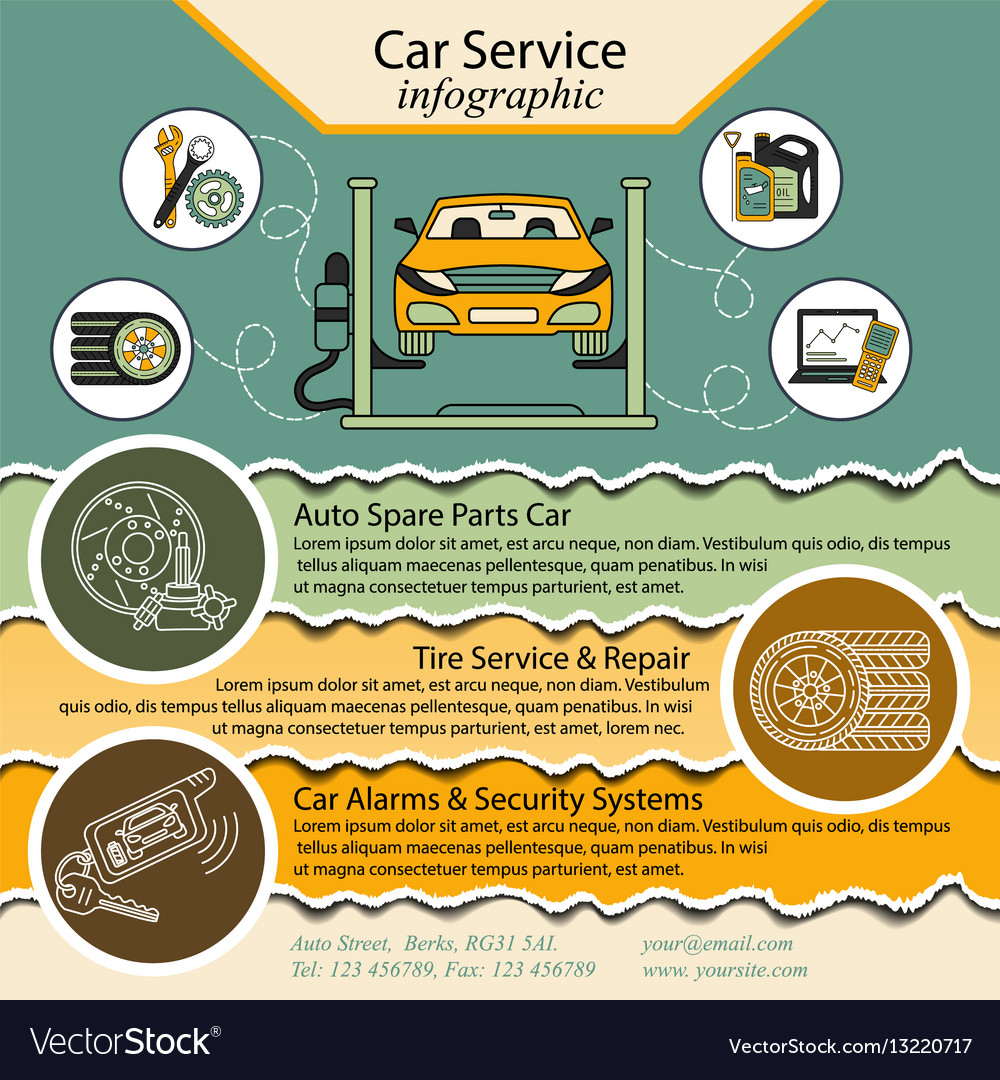Seeking Clearness On The Caution Lights Showed On Your Cars And Truck'S Control Panel? Learn Exactly How They Associate With Your Automobile'S Health And Safety
Seeking Clearness On The Caution Lights Showed On Your Cars And Truck'S Control Panel? Learn Exactly How They Associate With Your Automobile'S Health And Safety
Blog Article
Published By-Vinson Winters
When you lag the wheel, those beautiful caution lights on your control panel can be a bit difficult. Do you recognize what they're trying to inform you regarding your auto's wellness? Comprehending the importance of these lights is crucial for your safety and security and the long life of your car. So, the following time among those lights appears, wouldn't you want to analyze its message precisely and take the required steps to resolve it?
Common Warning Lighting and Interpretations
Determine typical caution lights in your auto and comprehend their significances to ensure secure driving.
One of the most normal caution lights include the check engine light, which signals concerns with the engine or discharges system. If this light begins, it's important to have your car checked immediately.
The oil pressure warning light suggests low oil pressure, needing instant interest to prevent engine damages.
A flashing battery light might recommend a malfunctioning charging system, potentially leaving you stranded otherwise dealt with.
The tire pressure tracking system (TPMS) light alerts you to low tire pressure, influencing automobile stability and fuel effectiveness. Overlooking this might result in risky driving problems.
The ABS light indicates a trouble with the anti-lock braking system, endangering your capacity to quit swiftly in emergency situations.
Lastly, inside car cleaner warning light warns of engine getting too hot, which can cause severe damages otherwise solved promptly.
Understanding these common warning lights will help you address issues promptly and preserve safe driving problems.
Relevance of Prompt Focus
Recognizing the typical caution lights in your auto is just the primary step; the importance of without delay resolving these warnings can't be highlighted enough to ensure your safety and security when driving.
When a caution light brightens on your control panel, it's your vehicle's way of connecting a potential problem that requires interest. Ignoring these warnings can lead to much more severe troubles in the future, endangering your security and potentially costing you more out of commission.
Trigger focus to warning lights can stop break downs and mishaps. For instance, a flashing check engine light might show a misfire that, if left ignored, might create damage to the catalytic converter. Resolving this quickly can conserve you from a pricey repair work.
Similarly, a brake system warning light may signify low brake fluid or used brake pads, essential components for your safety when driving.
DIY Troubleshooting Tips
If you observe a caution light on your dashboard, there are a couple of DIY troubleshooting pointers you can attempt before looking for expert help.
The very first step is to consult your automobile's handbook to understand what the particular caution light shows. Often the concern can be as easy as a loose gas cap triggering the check engine light. Tightening the gas cap might solve the issue.
Another usual issue is a reduced battery, which can set off various advising lights. Examining the battery links for rust and ensuring they're safe and secure might fix the problem.
If a warning light lingers, you can try resetting it by separating the cars and truck's battery for a couple of minutes and then reconnecting it. Furthermore, checking your car's liquid levels, such as oil, coolant, and brake liquid, can assist troubleshoot warning lights connected to these systems.
Final thought
To conclude, recognizing your car's warning lights is necessary for keeping your car running efficiently and securely. By without delay dealing with these informs and recognizing what they indicate, you can prevent pricey repair services and prospective break downs.
Bear in mind to consult your car's guidebook for particular information on each warning light and act accordingly to ensure a trouble-free driving experience.
Stay informed, remain safe when traveling!
